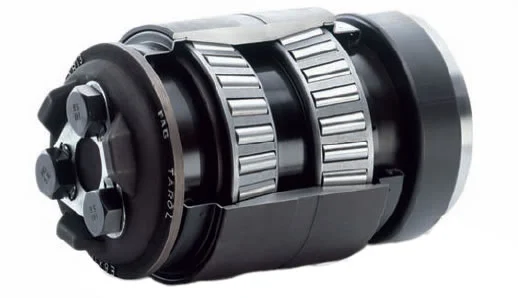Table of Contents
Categories
-
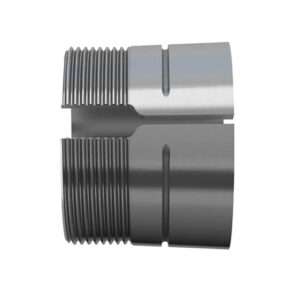
Adapter Sleeves (9)
-
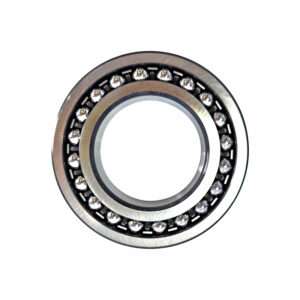
Ball Bearings (11)
-
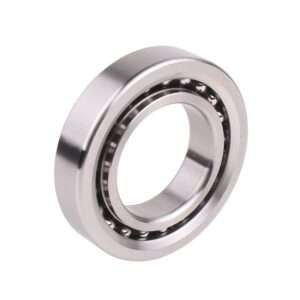
Ball Screw Bearings (2)
-
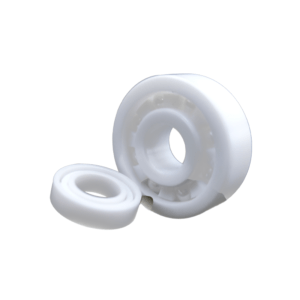
Ceramic Bearings (27)
-
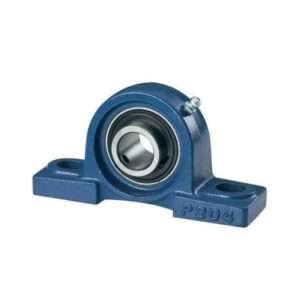
Pillow Block Bearings (4)
-
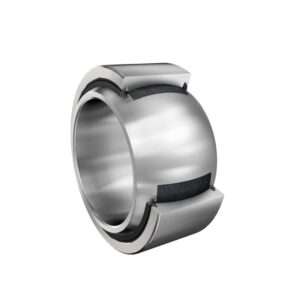
Plain Bearings (32)
-
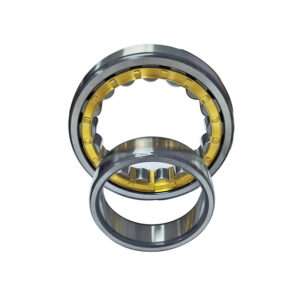
Roller Bearings (12)
-
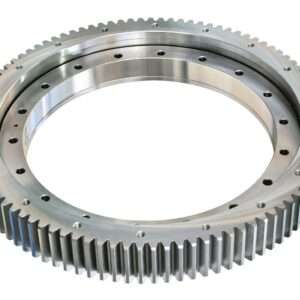
Slewing Bearings (43)
-
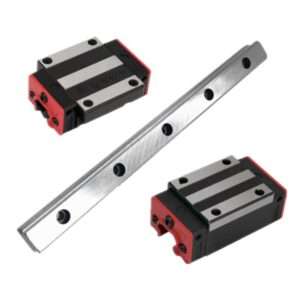
Sliding Block (3)
-
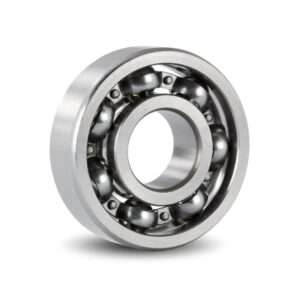
Stainless Steel Bearings (27)
-
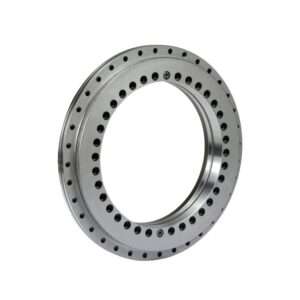
Super Precision Bearings (6)
-
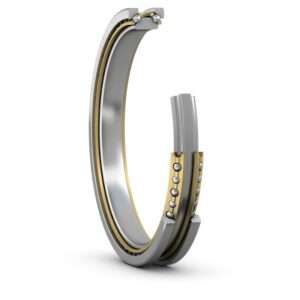
Thin Section Bearings (9)
-
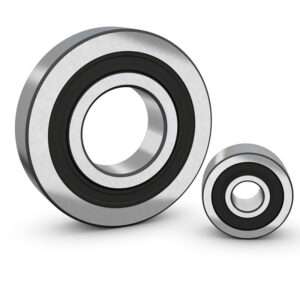
Track Rollers (4)
-
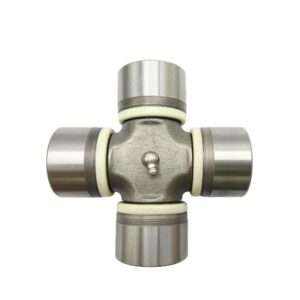
Universal Joints (1)
Fundamentals of Turbocharger Bearings: Design Principles and Operating Mechanisms
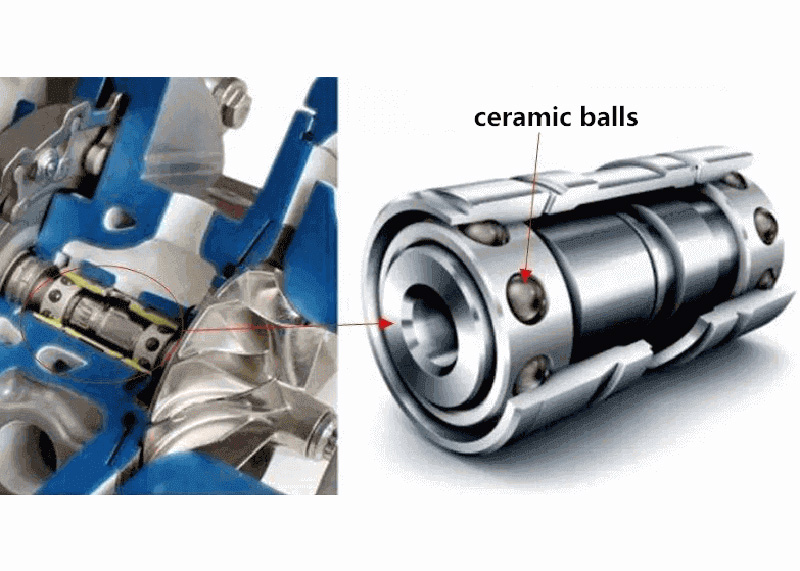
Introduction
Importance of Bearings in Turbocharger Systems
In the intricate world of turbocharger systems, bearings play a pivotal role, serving as the mechanical backbone that supports the turbocharger’s high-speed rotating components. These bearings not only enable the turbocharger to achieve its remarkable boost pressures but also ensure smooth and efficient operation. By facilitating the rotation of the turbine and compressor wheels at extremely high speeds, bearings enable the turbocharger to compress air efficiently, enhancing engine power output and fuel efficiency. Additionally, the durability and reliability of turbochargers heavily rely on the integrity and performance of their bearings, making them indispensable components in modern automotive, marine, and industrial applications.
Overview of Turbocharger Functionality
Comprising a compressor and a turbine connected by a shaft, the turbocharger harnesses the energy from the engine’s exhaust gases to compress incoming air before it enters the engine’s combustion chambers. This compressed air allows for more fuel to be burned, resulting in increased power output without the need for larger engine displacement. By effectively increasing the air density within the cylinders, turbochargers optimize combustion, thereby enhancing engine performance and fuel efficiency. This fundamental principle lies at the heart of turbocharger functionality, making it a vital component in modern automotive and industrial engines.
Turbocharger Basics
Turbochargers, integral to the modern automotive and industrial sectors, are devices engineered to enhance the performance and efficiency of internal combustion engines. Their primary purpose is to increase the air intake pressure, thereby improving the engine’s power output without the need for additional displacement. This is achieved through a process called forced induction, where exhaust gases from the engine are directed through a turbine, driving a compressor that compresses the incoming air. By increasing the air density before it enters the engine’s combustion chambers, turbochargers enable more fuel to be burned, resulting in enhanced power delivery and fuel efficiency.
A typical turbocharger system consists of several key components working in harmony. The primary components include the compressor, which compresses the incoming air, and the turbine, which is driven by the exhaust gases. These components are connected by a shaft, allowing for the transfer of energy between them. Additionally, turbocharger systems incorporate a bearing system to support the rotating shaft, ensuring smooth and efficient operation. Depending on the application, turbocharger systems may also include a wastegate to regulate the exhaust gas flow and maintain optimal boost pressure.
Types of Turbocharger Bearings
There are generally three types of turbocharger bearings used in automotive and industrial applications:
Journal Bearings: These are the most common type of turbocharger bearings. Journal bearings support the turbocharger shaft on a thin film of oil. The shaft rotates within the bearing, which is typically made of a soft material such as bronze or a modern composite. Journal bearings are relatively simple and cost-effective but can suffer from higher friction and wear compared to other types.
Ball Bearings: Ball bearings use a set of small balls to support the turbocharger shaft, reducing friction and allowing for higher shaft speeds. This results in quicker spool-up times and improved transient response. Ball bearings are more complex and expensive to manufacture than journal bearings, but they offer superior performance and durability, especially in high-performance applications.
Thrust Bearings: Turbochargers also require thrust bearings to withstand the axial loads generated by exhaust gases pushing against the compressor and turbine wheels. Thrust bearings can be of various types, including ball, roller, or fluid dynamic bearings, depending on the specific design requirements of the turbocharger.
Each type of bearing has its advantages and limitations, and the choice depends on factors such as cost, performance requirements, and intended application.
Design Principles of Turbocharger Bearings
Load-Bearing Capacity
In turbocharger design, ensuring robust load-bearing capacity is paramount to withstand the high speeds and forces involved in operation. This principle involves engineering bearings capable of supporting the weight of the rotating components while enduring the dynamic forces generated during operation. Design considerations must account for factors such as the mass of the compressor and turbine wheels, as well as the rotational speeds they achieve. Additionally, the bearings must withstand the axial and radial loads generated by the turbocharger’s operation, which can vary depending on engine conditions and load demands. Achieving optimal load-bearing capacity often involves selecting materials with high strength-to-weight ratios and implementing precision machining techniques to ensure proper fit and alignment. By prioritizing load-bearing capacity in turbocharger bearing design, engineers can enhance the reliability and longevity of the turbocharger system, ultimately improving overall engine performance and efficiency.
Lubrication Mechanisms
Lubrication mechanisms are critical design considerations in turbocharger bearings to minimize friction and wear, ensuring smooth operation and longevity. Turbocharger bearings operate in high-speed, high-temperature environments where friction can lead to premature failure. Effective lubrication mechanisms are essential to create a thin film of oil or fluid between the bearing surfaces, reducing friction and dissipating heat. Oil lubrication is the most common method employed in turbocharger bearings, where a continuous flow of oil is supplied to the bearing surfaces to maintain lubrication. Additionally, in some applications, water cooling systems may be integrated to manage excessive temperatures and further enhance lubrication efficiency. The design of lubrication systems must account for factors such as oil viscosity, flow rate, and temperature control to optimize performance and ensure reliable operation of turbocharger bearings under varying operating conditions.
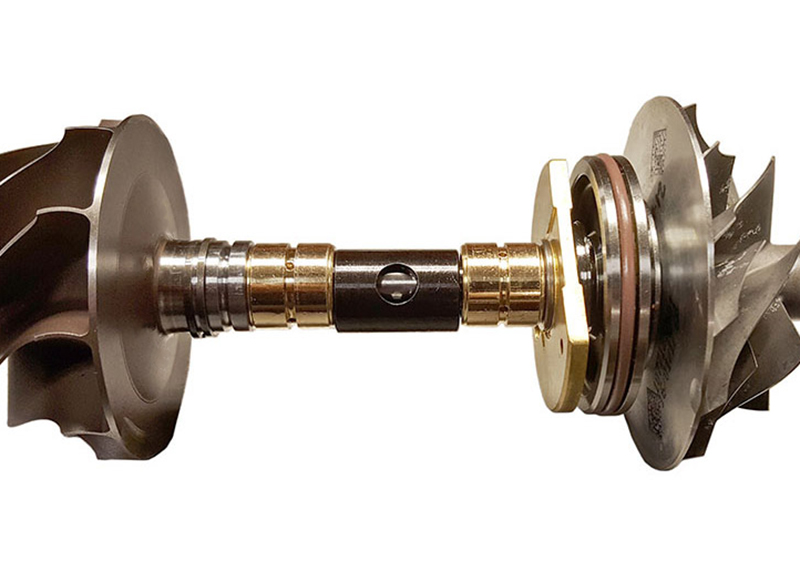
Material Selection
Material selection is a crucial aspect of turbocharger bearing design, directly influencing performance, durability, and reliability. Turbocharger bearings operate in demanding conditions characterized by high speeds, temperatures, and loads, necessitating materials with exceptional strength, heat resistance, and wear resistance. Steel alloys are commonly used for turbocharger bearings due to their high strength and ability to withstand elevated temperatures and loads. Additionally, steel alloys can be engineered to possess specific properties tailored to the requirements of turbocharger applications, such as corrosion resistance and fatigue resistance. In recent years, ceramic composites have gained popularity in turbocharger bearing design due to their superior heat resistance, low friction coefficients, and resistance to wear and corrosion. By carefully selecting materials based on the unique demands of turbocharger operation, engineers can optimize bearing performance and reliability, contributing to overall engine efficiency and longevity.
Clearance Control
Clearance control is a critical design principle in turbocharger bearings to maintain optimal performance and minimize unwanted friction and wear. The clearance between the rotating shaft and the bearing surfaces must be carefully controlled to ensure proper lubrication and prevent metal-to-metal contact. Too much clearance can result in excessive vibration and noise, while too little clearance can lead to increased friction and heat generation. Engineers employ various techniques to control clearance, such as precision machining and assembly processes to achieve tight tolerances. Additionally, materials with low coefficients of thermal expansion are chosen to minimize changes in clearance due to temperature fluctuations during operation. By effectively managing clearance, turbocharger bearings can operate smoothly and efficiently, prolonging their lifespan and contributing to overall engine performance and reliability.
Operating Mechanisms of Turbocharger Bearings
Rotational Speed and Load Distribution
The operating mechanisms of turbocharger bearings are intricately tied to the rotational speed and load distribution within the system. As turbochargers operate at high speeds, often reaching tens of thousands of revolutions per minute (RPM), the bearings must effectively distribute the loads generated by the rotating components. Uneven distribution of loads can lead to premature wear and failure of the bearings. To mitigate this, engineers design turbocharger bearings with features such as thrust bearings to manage axial loads and journal bearings with adequate surface area to distribute radial loads evenly. Additionally, lubrication systems play a crucial role in supporting the smooth rotation of the shaft by reducing friction and dissipating heat. By ensuring proper load distribution and lubrication, turbocharger bearings can operate reliably at high speeds, contributing to enhanced engine performance and efficiency.
High-Temperature Resistance
High-temperature resistance is a fundamental operating mechanism of turbocharger bearings, given the extreme heat generated by the turbocharger system during operation. Turbochargers operate in environments where exhaust gas temperatures can reach several hundred degrees Celsius, placing significant stress on the bearings. To withstand these temperatures, turbocharger bearings must be constructed from materials capable of maintaining their structural integrity and lubricating properties under such conditions. Common materials used for high-temperature applications include heat-resistant steel alloys and ceramic composites, which exhibit excellent thermal stability and resistance to degradation. Additionally, lubricants specifically formulated for high-temperature environments are employed to ensure effective lubrication and reduce friction between bearing surfaces. By incorporating high-temperature-resistant materials and lubrication systems, turbocharger bearings can operate reliably in the demanding conditions of turbocharger systems, promoting durability and efficiency.
Lubrication System Efficiency
Lubrication system efficiency is a crucial operating mechanism of turbocharger bearings, as it directly impacts their performance and longevity. Turbocharger bearings rely on a consistent supply of lubricating oil to reduce friction between moving parts and dissipate heat generated during operation. An efficient lubrication system ensures that the bearings remain adequately lubricated, even under high-speed and high-temperature conditions. Proper lubrication not only minimizes friction and wear but also helps to maintain the integrity of the bearing surfaces over time. Engineers design turbocharger lubrication systems to deliver oil to the bearings at the correct flow rate and pressure, ensuring optimal lubrication throughout the turbocharger’s operating range. By prioritizing lubrication system efficiency, turbocharger bearings can operate smoothly and reliably, contributing to the overall performance and efficiency of the turbocharger system.
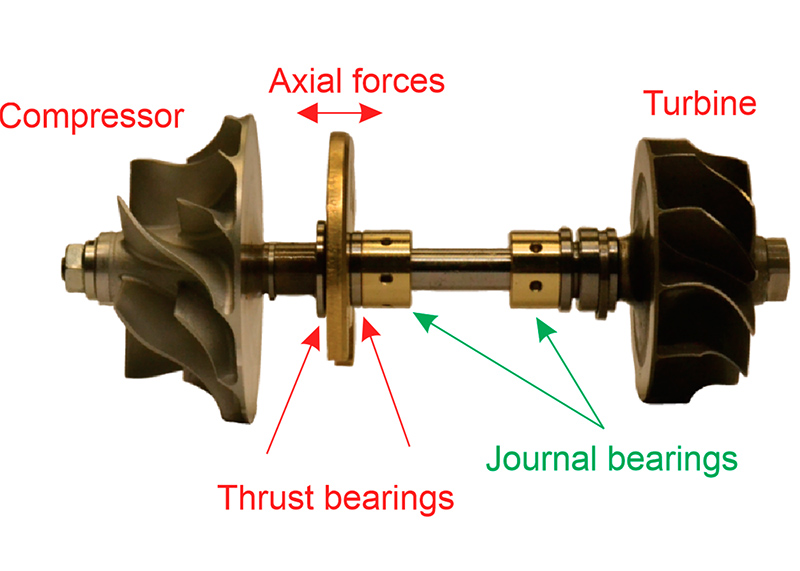
Reduction of Friction and Wear
Turbocharger bearings operate at high speeds and temperatures, where friction between moving parts can lead to excessive wear and premature failure. To mitigate this, engineers employ various strategies to minimize friction and wear within the bearing system. This includes selecting materials with low friction coefficients and high wear resistance, as well as implementing effective lubrication systems to provide a protective film between bearing surfaces. Additionally, careful design and manufacturing processes ensure proper alignment and clearance control to reduce friction and prevent uneven wear. By prioritizing the reduction of friction and wear, turbocharger bearings can operate smoothly and reliably, contributing to the overall efficiency and durability of the turbocharger system.
Importance of Bearings in Turbocharger Performance
The importance of bearings in turbocharger performance cannot be overstated, as they serve as the mechanical backbone of the entire system. Turbochargers operate in demanding environments characterized by high speeds, temperatures, and loads, and the bearings play a critical role in ensuring smooth and efficient operation under such conditions. By supporting the rotating shaft that drives the compressor and turbine wheels, bearings enable the turbocharger to achieve its remarkable boost pressures and enhance engine power output without the need for larger displacement. Additionally, bearings help to minimize friction and wear between moving parts, contributing to the overall reliability and longevity of the turbocharger system. Efficient bearing design and performance directly impact turbocharger performance, influencing factors such as boost pressure, engine responsiveness, and fuel efficiency. Therefore, investing in high-quality bearings and prioritizing their maintenance and care is essential for maximizing turbocharger performance and ensuring the optimal operation of engines in automotive, marine, and industrial applications.
Conclusion
In conclusion, turbocharger bearings are indispensable components that underpin the performance and reliability of turbocharger systems in automotive, marine, and industrial applications. By supporting high-speed rotating components, these bearings enable efficient air compression, enhancing engine power output and fuel efficiency. Through careful design considerations such as load-bearing capacity, lubrication mechanisms, material selection, and clearance control, engineers ensure optimal performance and longevity of turbocharger bearings. Their efficient operation, coupled with the reduction of friction and wear, directly impacts turbocharger performance, influencing factors like boost pressure and engine responsiveness. Thus, prioritizing the quality and maintenance of turbocharger bearings is essential for maximizing overall engine performance and efficiency.
References
- 1.”Turbocharger Bearing Systems” from Garrett Motion;
- 2. “Turbocharger Bearings for Automotive Vehicles” from NMB Technologies;
- 3. “Types of Turbocharger Bearings” from Wuxi Spark Bearing Co.,Ltd.
Related Posts
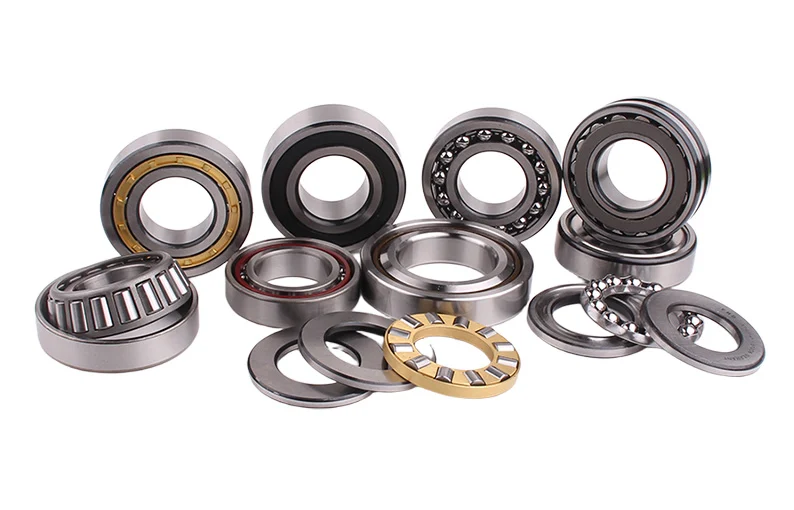
Bearing Code
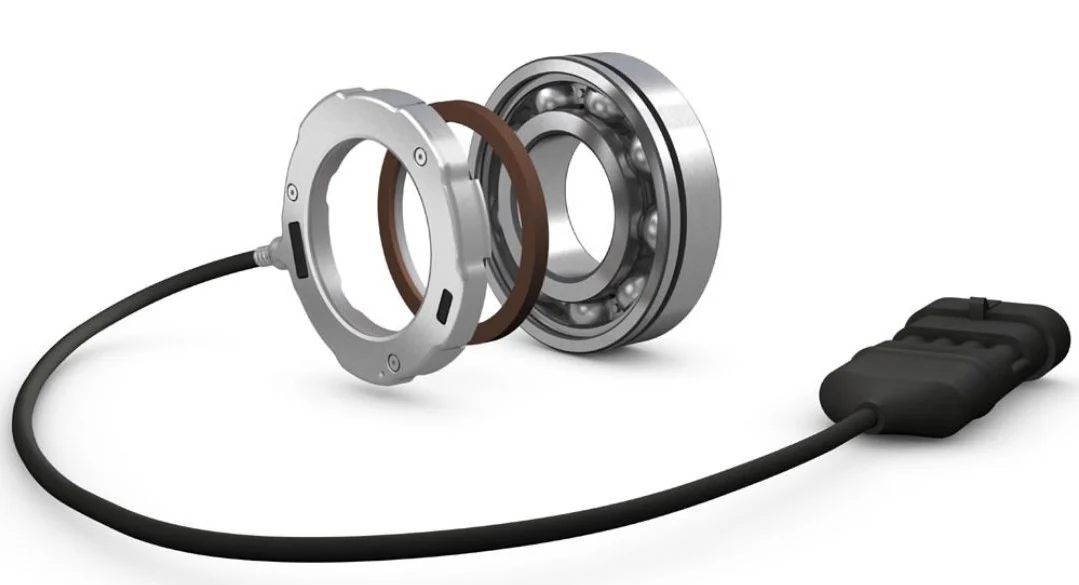
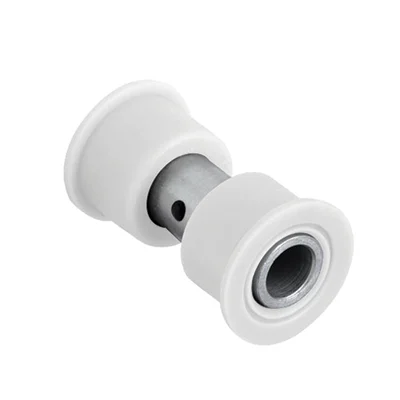
Delrin Bearings: Lubrication-Free Long Life
